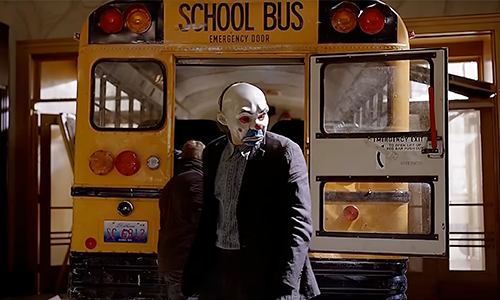
Not just a pioneering director in terms of storytelling, Christopher Nolan is also a staunch advocate of the IMAX format. The height, width and depth of IMAX are seen by the filmmaker as pivotal to bringing to life his bold stories of distant galaxies, comic book heroes, war-torn conflict zones, and atomic bombs.
In preparation of Nolan's step into Greek mythology with The Odyssey, Cineworld is running a Christopher Nolan Film Season at the end of August, bringing back eight of his titles – with the option to watch in IMAX!
To celebrate, we're taking a look back at some of the best Christopher Nolan IMAX scenes.
BOOK CHRISTOPHER NOLAN SEASON TICKETS
Batman Begins (2005)
While it wouldn't be until The Dark Knight rises that Christopher Nolan began filming using IMAX cameras, Batman Begins was optimised for IMAX screens, hitting 55 IMAX theatres when it was released in 2005, and there are a number of truly stunning scenes we could pick. But there's one we really can't wait to relive during Cineworld's Nolan Film Season, and that's when Bruce Wayme rediscovers the batcave. Paying homage to what has come before, we see as Wayne makes his way into the caves at his family home, almost seeing his transformation into who he will become take place before our eyes without the flare of a cape or bat-like mask.
Facing his past traumas head on, Wayne seems to almost grow as he stands up straighter in the swell of the swarm of bats, Hans Zimmer's score building with the symbolic moment. It's powerful in its simplicity, equal amounts emotional and atmosphereic with the trickle of the water inside the cave and the beat of the bat wings as they surround who is quickly becoming the Batman.
The bank robbery from The Dark Knight (2008)
Nolan's revisionist Batman thriller was the first feature-length movie to incorporate IMAX cameras as part of the filming process. It's an approach we take for granted now, not least in Nolan's own films. But The Dark Knight was a game-changer, using width and depth to suggest a city teetering on the edge of absolute chaos.
Nolan nails his cards to the wall in the opening sequence, one of several that was shot with cumbersome and challenging IMAX cameras by cinematographer Wally Pfister.
From the offset, we're into an aerial shot that appears to be honing in on a distant glass-fronted building. Immediately, we're getting a sense of the sprawling Metropolis of Gotham City. And when a single window is blown out by the Joker's crew, we also get a vivid sense of the city's vulnerabilities, not to mention those of its citizens.
The rest of the scene takes our breath away, from the zip-lining of the goons across to the bank to the fluid sense of betrayal as the thugs take each other out at the Joker's command. By using IMAX Nolan re-imagines Gotham, not as the snow-flecked fairy tale universe of Tim Burton, but as a far more recognisable landscape brimming with scarily plausible undercurrents of fear.
The revolving corridor fight from Inception (2010)
If The Dark Knight was conceptually ambitious, then Inception was even more so. Nolan had carte blanche to imagine a complex yet engrossing deep dive into the recesses of the mind, an original blockbuster property that champions a viewer's intelligence.
Although Inception was not shot using IMAX cameras (anamorphic widescreen 35mm, with occasional 65mm, stood in), the movie was later exhibited in the format. The depth of field and aspect ratio takes on an appropriately cavernous and sweeping air, even in the routine dialogue scenes.
The IMAX theatrical experience took on new resonance and immersion, particularly during the corridor fight sequence. As Joseph Gordon Levitt's Arthur battles a subconscious enemy rendered as a human being, the stretch of the hallway, combined with the revolution of obstacles in the foreground, creates a decidedly unique and exciting action scene.
Characteristically, Nolan chose not to use CGI in the scene, but a practical set that Levitt was forced to carefully maneuver.
The street battle from The Dark Knight Rises (2012)
The Dark Knight Rises used more IMAX photography than its predecessor. Whereas The Dark Knight totalled 30 minutes of such footage, Rises clocked up an hour of IMAX-lensed mayhem, in the process proving another gamechanger for Hollywood.
Everything escalates in the final chapter of Nolan's Dark Knight trilogy, as Christian Bale's Batman confronts Tom Hardy's Bane. The latter eventually seals Gotham City off from the wider world, and he's also smuggled in a bomb, with the identity of the triggerman unknown. When Batman finally returns in the midst of a street battle between Gotham's citizens and Bane's goons, it's nothing less than a fight for the soul of the city.
The aesthetic qualities of IMAX are therefore well-matched with the pure emotion of the scene. We get a sense of height and scale as Batman and Bane fight hand to hand in the midst of the buildings, while the depth of field vividly conveys the violence occurring en masse in the background of the frame.
BOOK THE DARK KNIGHT RISES TICKETS
Into the wormhole from Interstellar (2014)
The possibilities of outer space have always provided many opportunities for imaginative filmmakers. In Interstellar, Nolan riffs on the likes of Stanley Kubrick's 2001: A Space Odyssey, fashioning a story about a journey toward a new planet suitable for humans to live. At the same time, mankind's potential saviour Cooper (Matthew McConaughey) must reckon with leaving his young daughter behind on Earth, an emotional pull that takes several mind-melting directions come the end of the film.
Interstellar famously involved astrophysicist Kip Thorne to design the most accurate wormhole ever seen on the big screen. There are few things better suited for IMAX presentation – with the canvas of space eerily empty and free from visual distraction, we can better focus our attention on the enormity of the wormhole that will continue Cooper's journey.
The Stukas strafe the beach from Dunkirk (2017)
IMAX was put in the service of a fact-based World War II thriller in the nerve-jangling Dunkirk. Nolan dramatises Operation Dynamo, the desperate attempt to evacuate allied troops from France back to England in 1940.
One of the most terrifying moments is one of the most memorable captured by IMAX cameras. Nolan frames imperilled soldier Tommy (Fionn Whitehead) laying down in the foreground as an onslaught of bombs dropped from the airborne Stukas advances implacably forward towards his prone position. Fortunately, Tommy survives, but the IMAX immersion leaves us feeling like we've lived the experience along with the character.
Dunkirk was yet another leap forward for Nolan and IMAX, with an estimated 70% of the movie shot in the 70mm format. "The immersive quality of the image is second to none," Nolan said at the time of the film's release. "We really try and create the sensation of virtual reality without the goggles."
The backward-forward fight scene from Tenet (2020)
What would happen if you could invert time and meet a different iteration of yourself on a separate plane of reality? That's the mind-melting concept at the heart of Tenet, Nolan's ambitiously staged blockbuster that stars John David Washington as The Protagonist.
Once again, the handsome visuals command attention as Nolan and Hoyte van Hoytema scramble our basic conception of physics and gravity. This is apparent during the movie's most famous sequence where Washington and co-star Robert Pattinson enter a freeport, discover one of the movie's time-turnstile Macguffins and are confronted by mysterious masked figures whose movement is in direct opposition to their own.
It's appropriately disorienting and thrilling to watch, proving once again that Nolan is without equal in terms of physically dramatising dense philosophical concepts.
The anticipation of the Trinity Test in Oppenheimer (2023)
Exploring the catastrophic implications of the brilliant American theoretical physicist J. Robert Oppenheimer who constructed the first atomic bombs, there was no other format as fitting as IMAX. Again, Nolan stuck to his guns of avoiding CGI when it came to building explosions that would leave theatres figuratively devastated, instead Nolan chose to carry out real explosions with smaller bombs. According to Screenrant, they used a mixed concoction of gasoline, petroleum, aluminium powder, and magnesium flares to simulate "the blinding light, plumes of fire, and mushrooming effect".
The full effect is seen during the Trinity Test sequence and its visual brilliance is second to none in IMAX, the sheer height of these screens able to go some way to capture the engulfging cloud of smoke and fire. Of course, as is always the case with Nolan, it's also there in the smaller moments that build to the Trinity Test. Preparing audiences for the size of the sound, explosions earlier on the film build towards the peak in the soundscape – though Nolan kept his captive audience waiting before they finally heard it.
Starting on 20th August with Interstellar and Inception, catch Oppenheimer, Batman Begins, The Dark Knight, The Dark Knight Rises, Dunkirk, and Tenet at Cineworld for our Christopher Nolan Film Season.
BOOK CHRISTOPHER NOLAN SEASON TICKETS

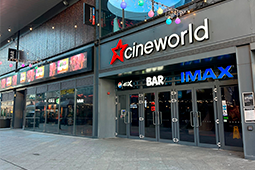
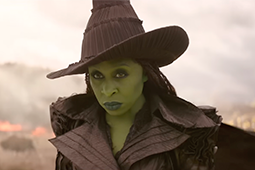
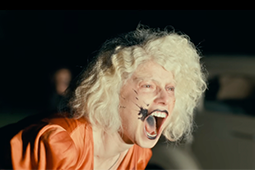

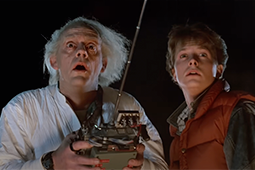

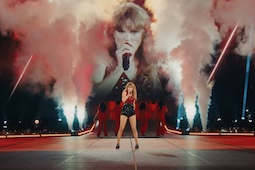
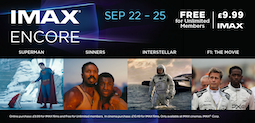
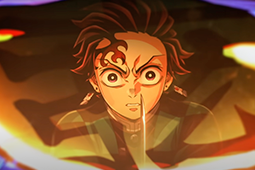
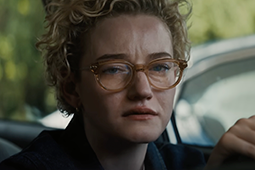


.jpg)
.png)





